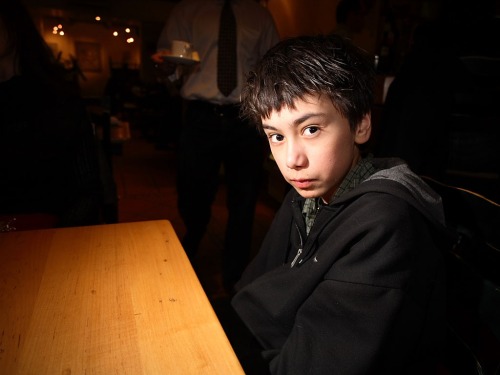PPOC just sent the following. If you are a professional photographer traveling at this time to the US (while carry-on is forbidden from Canada to the US), then you may bring your equipment in a dedicated photography container made for that purpose, and the following applies:
- Ensure that you have some sort of Professional Credentials proving that you are a “professional photographer”.
- Make sure that there are NO OTHER ITEMS in your camera bag. I am told that if you have a snack, clothing item or ANYTHING other than camera gear, your case may be considered “CARRY ON”.
- Print the list of exemptions [to the prohibition, from the CATSA web site] and bring it with you as a reference in case of a dispute.
- Arrive early. Persons who attempt to board a plane at the last minute fall under suspicious behaviour and may be given less consideration.
- Ensure that you observe all size and weight restrictions with your bag. There are physical limitations to the size and weight of a bag that can be securely stored on an airplane. This may vary between aircraft.
So that’s nice. No snacks. Are my headache pills OK, or will the government now tell me how to pack a camera bag?
I have asked CATSA for a ruling on my equipment and I await (and await, and await) a response from their “customer satisfaction group”. Doubleplusgood!











